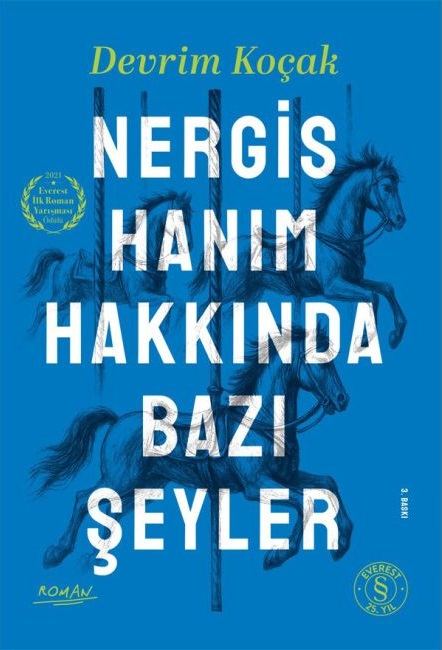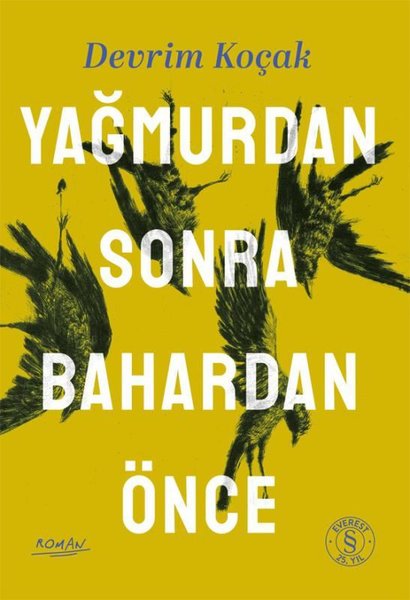How does the theme of guilt and atonement present a transformation process through Raskolnikov’s remorse and Sonya’s faith?
In Dostoyevsky’s Crime and Punishment, the themes of guilt and atonement reflect a transformation process that extends from Raskolnikov’s psychological collapse to his spiritual resurrection. This process is shaped by the destructive power of remorse and Sonya’s Christian love and faith. Here are the stages of this transformation:
- Raskolnikov’s Confrontation with Guilt: The Torment of Conscience
Post-Murder Disintegration: Raskolnikov commits murder to prove that he is an “extraordinary” person according to his theory, but immediately afterward, he experiences profound guilt and alienation.
Physical and Mental Collapse: Insomnia, feverish nightmares, and paranoia are manifestations of his inner struggle. His conscience is stronger than his theory.
Self-Alienation: He questions his own humanity, asking, “Am I a louse, or am I a human being?” The murder alienates him from society and himself.
- Sonya: A Symbol of Sacrifice and Faith
The Image of the Sinful Saint: Sonya is a character who has sinned (supporting her family through prostitution) but maintains her spiritual purity. She represents the idea of atonement through suffering.
Compassion and Unconditional Love: Her approach to Raskolnikov, which seeks to understand him by saying, “You too have suffered,” rather than judging him, reflects Christian compassion.
The Role of Scripture: Sonya reads him the passage about the resurrection of Lazarus (John 11). This story becomes a metaphor for the rebirth of Raskolnikov’s dead soul.
- Confession and Atonement: Purification Through Pain
Sonya’s Call: “Go, right now, kneel in the middle of the streets and kiss the ground, and say loudly, ‘I am a murderer!'” She commands a public confession. This is a call to humility and the shattering of pride.
Exile to Siberia: Raskolnikov confesses and accepts his punishment, but initially sees this as a defeat. True repentance is yet to come.
Final Stage: Resurrection Through Love: In Siberia, Sonya’s loyalty and his inner struggle ultimately endure until he senses the moment when he will be “reborn through her love.” At the novel’s end, he surrenders to the redemptive power of love.
- Theological and Philosophical Framework
Dostoevsky’s Christian Humanism: Raskolnikov’s transformation demonstrates the possibility of salvation through faith and love, not reason.
The Collapse of Nihilism: Raskolnikov’s theory of the “superman” is meaningless in a world that rejects God. Sonya, however, believes in the purifying power of suffering.
Existential Dimension: Humanity can only achieve true freedom by freely choosing evil and then repenting.
Atonement, Love, and Rebirth
Raskolnikov’s transformation is based on the confession of guilt, purification through suffering, and the redemptive power of love. Sonya becomes his redemptive guide; faith is the only way out of humanity’s dark labyrinth. Through this process, Dostoevsky emphasizes that the human soul can only be healed through humility and love. At the novel’s conclusion, the Bible in Raskolnikov’s hand symbolizes a new beginning.


